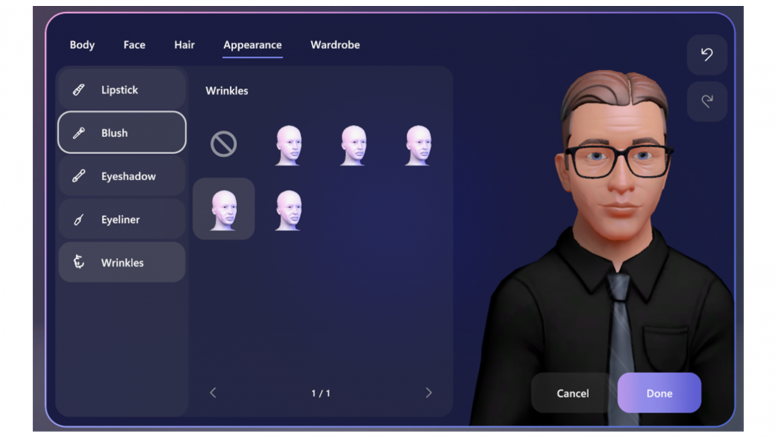If we want to learn to be able to converse with anyone in the world we will need to learn how to do it in 7151 ways. That’s the number of recognised spoken languages in the world according to the World Atlas Society. Not just words but even gestures can have different meanings in different regions. The thumbs-up sign which is recognised as a sign to wish somebody the best also means ‘thenga’. Which is a north Indian way of referring to ‘you get nothing’. Having said that, there is a universal language that connects humans across geographies. E.g everyone understands a smile. Human conversations are nothing without these expressions and body language. This is why when our conversations moved online, we started using emoticons created using punctuation marks and alphabets. They worked much better than typing out the words, “i am smiling” or “i am winking”.
Way back in 1982, Professor Scott Fahlman, a computer scientist at Carnegie Mellon University, used the first digital emoticon. And it was a smiley face 🙂 In fact, the nature of emoticons people use can give away their age, in some cases. If they are fond of making a ‘tongue out smiley’ with a colon and small letter p, in all chances they are in their late 30s or older. :p
Then, the first emoji were created in 1999 by Japanese artist Shigetaka Kurita for Docomo. Emoji is a Japanese word that translates in English as “e” for “picture” and “moji” for “character.” Kurita’s original 176 emoji are now part of the permanent collection at New York’s Museum of Modern Art. They vastly improved our abi;ity to add emotional subtext to our texts while conversing online with symbols like the heart or a lightning bolt etc. As mobile conversations exploded, companies outside Japan, like Apple, saw an opportunity to incorporate emoji on other platforms. In 2007, a team at Google decided to petition to get emoji recognised by the Unicode Consortium, a nonprofit group that works to maintain text standards across computers. Emoticons and Emojis, together helped us fill the void created when the times warranted online conversations to be as effective as those offline. In addition it helped foster a universal language, more or less, for humans across borders.
Today, this tug of war between our offline and online existence has morphed into a whole new dimension. If our earlier preoccupation was about bringing alive our bodily expressions in virtual conversations then now it is about not being limited by our bodies. We are inventing ways to travel through time, cultures and distances instantly. Having many selves, who can be at multiple places at once. This could sound unsettling and exciting at the same time. It does sound like it is the premise of a sci-fi movie. But, this is already happening in reality.
Avatars have been in use for some time now. An experiment with alternate versions of ourselves crossing vast borders via the Internet. Avatars hold potential to evolve into something more dynamic and altruistic in the not so distant future. Avatar, a term with Sanskrit origins, technically means “an incarnation, embodiment, or manifestation of a person or idea”. But in the digital space, we generally understand them as the little cartoon person we create to represent ourselves in video games, on social media, or on web forums.
According to head of Instagram Adam Mosseri, “Avatars are a key building block for the future of personal identity in the metaverse.” Slowly but surely, we are witnessing a growing number of avatar reactions to our posts, stories, reels and chat messages instead of emojis. Sooner or later, we may all need to get on the bandwagon. Our avatars need not be consistent with our physical attributes enabling us to explore possibilities of who we want to be without the limitations of our offline being..
As the metaverse becomes an increasingly immersive place for humans to hang out, work, trade, play and socialise, avatars become the form in which we exist in it. Avatars will forge the reality we choose for ourselves in the virtual universe running parallel to our actual universe.
The views and opinions published here belong to the author and do not necessarily reflect the views and opinions of the publisher.



Be the first to comment on "Create your avatar"